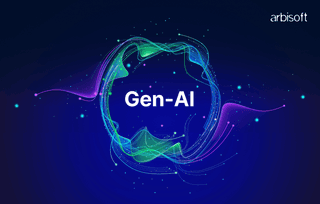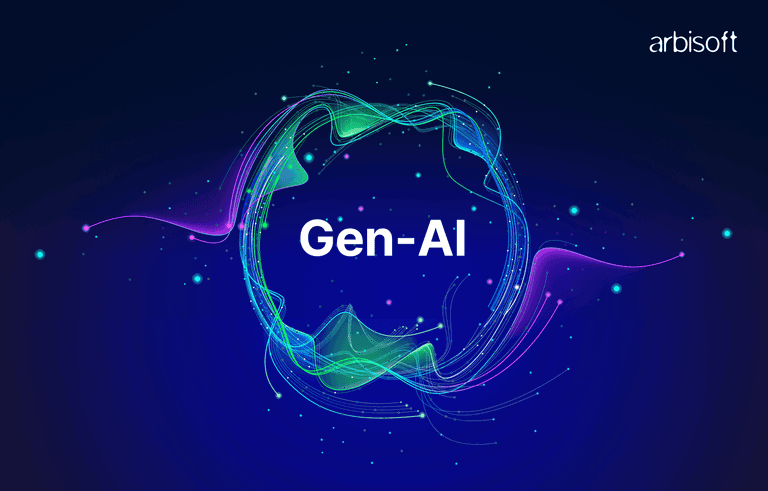We put excellence, value and quality above all - and it shows




A Technology Partnership That Goes Beyond Code

“Arbisoft has been my most trusted technology partner for now over 15 years. Arbisoft has very unique methods of recruiting and training, and the results demonstrate that. They have great teams, great positive attitudes and great communication.”
OpenAI Launches AgentKit: A Complete Toolkit to Build, Deploy, and Optimize AI Agents
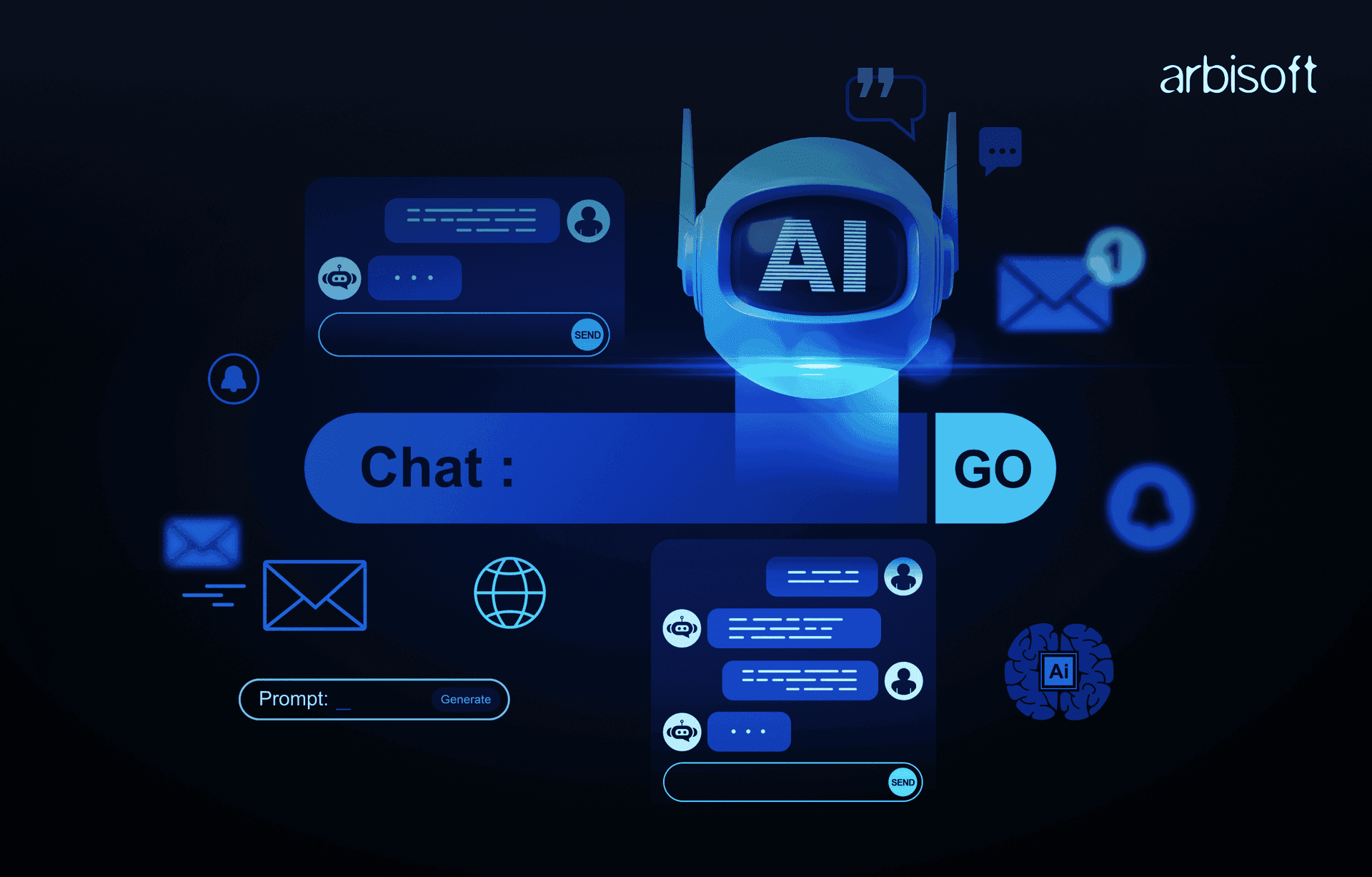
On October 6, 2025, Sam Altman stepped onto the stage at OpenAI's DevDay in San Francisco and changed the game for AI automation. The announcement was AgentKit, a comprehensive platform designed to eliminate the frustration developers have long faced when building reliable AI agents.
For the past year, building an AI agent meant cobbling together multiple disconnected tools. Teams relied on separate systems for workflows, integrations, and custom code to tie everything together, and a prayer that everything would work when customers needed it most. Developers often spend more time managing systems than improving their agents. That era ends now.
AgentKit arrives as a unified platform with four integrated components that handle everything from visual workflow design to embedded chat interfaces to performance evaluation. This matters because production AI agents require more than clever prompts. They need reliability, security, evaluation frameworks, and seamless integration with the tools your business already uses. Let’s cover all the details in this blog.
What AgentKit Offers
AgentKit combines everything needed to take an idea for an AI agent and turn it into a production-ready system. The platform includes:
- Agent Builder for visual workflow design
- Connector Registry for secure integrations
- ChatKit for embedding agents into user interfaces
- Evals and RFT for measuring and improving agent performance
These components are not separate products. They form a single lifecycle: design, connect, deploy, and refine. Let’s start exploring them one by one.
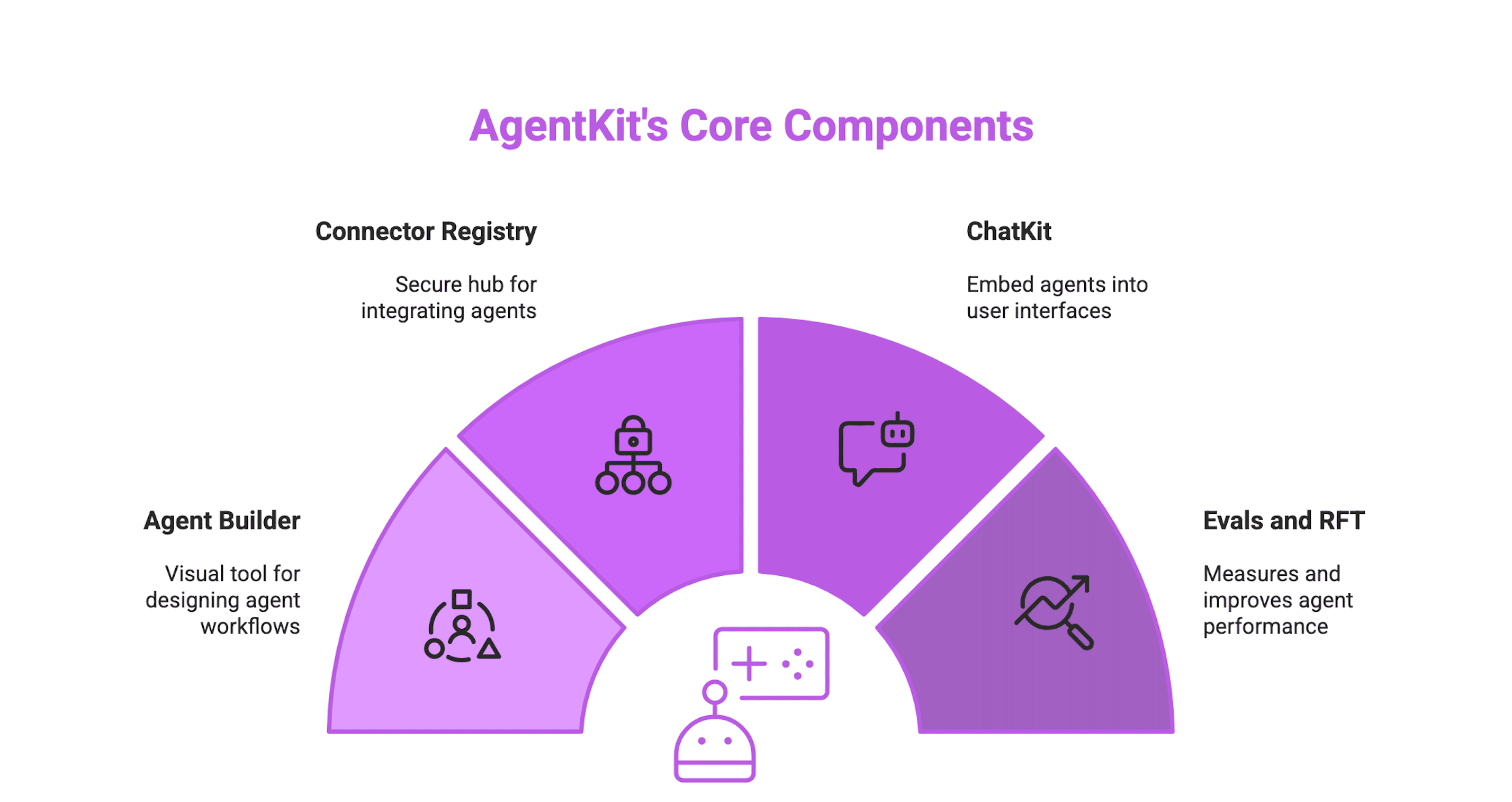
Agent Builder: Visual Design of Agent Workflows
Agent Builder is the heart of AgentKit. It provides a drag-and-drop canvas where developers can visually create the logic of an agent. Each block represents an action, a decision, a model call, or a condition.
Developers can test how each workflow behaves, configure evaluations at the node level, and maintain version control as the agent evolves. Templates and pre-built blocks help teams start quickly without rebuilding common structures.
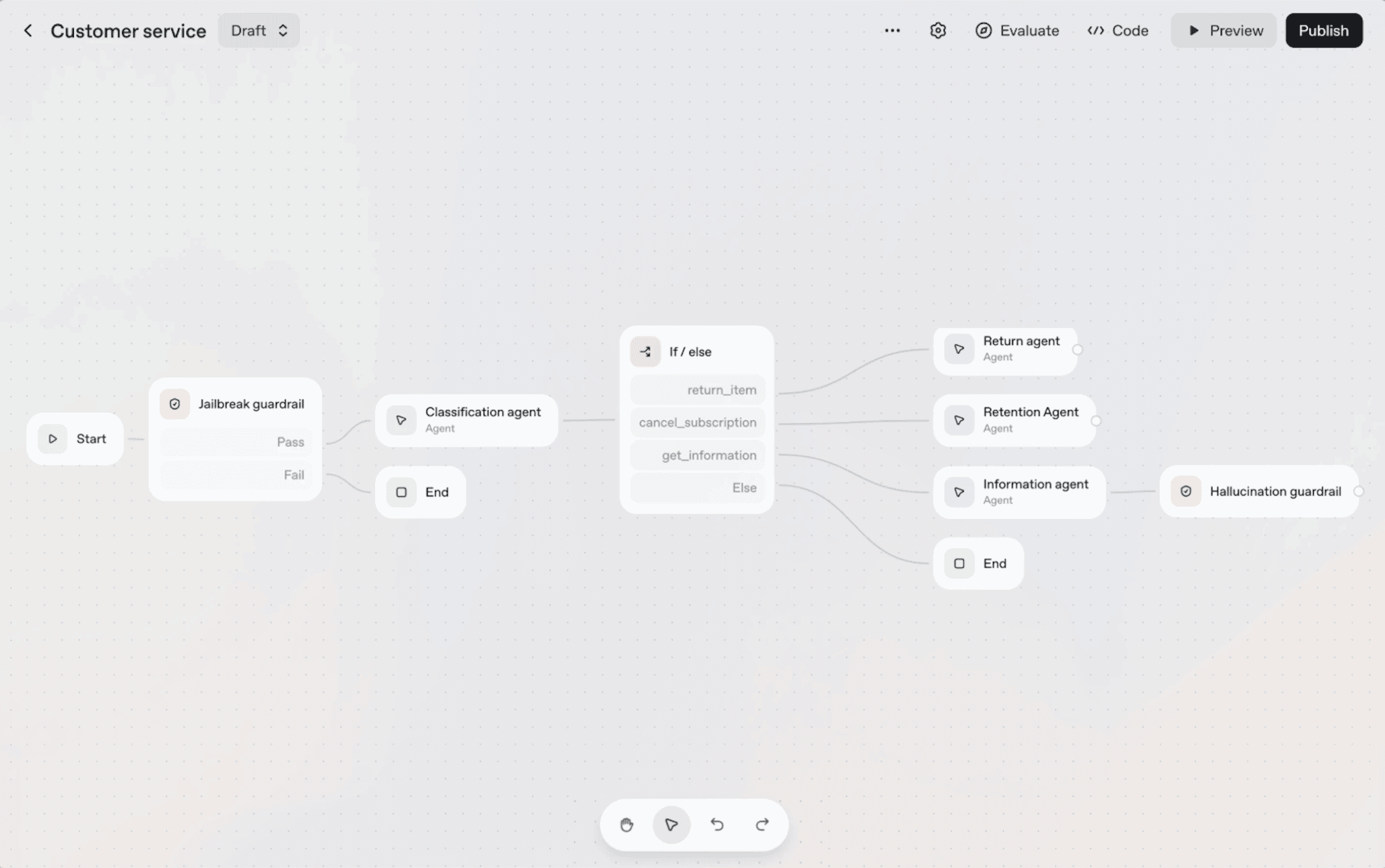
Image source: OpenAI
How It Works
Agent Builder is built on OpenAI’s Responses API and the Agents SDK, so the workflows you design visually run on the same execution system that powers code-based agents. This lets both technical and non-technical users work in the same environment while maintaining consistency in how agents perform.
Why It Matters
Building agent logic visually saves time and reduces errors. Teams can see the full picture of how an agent reasons, branches, and handles data. It turns complex prompt chains into understandable workflows that are easier to test and share.
Connector Registry: Secure and Centralized Integrations
After designing logic in Agent Builder, developers need agents to access external systems like databases, CRMs, or internal apps. This is where the Connector Registry comes in.
What Connector Registry Does
Connector Registry provides a central place to govern and manage how agents connect to tools and data. Administrators can approve, restrict, and audit each connection, ensuring agents operate safely within company boundaries.
It supports built-in integrations with systems like Dropbox, Google Drive, Microsoft Teams, and SharePoint, and it also connects to other tools through the Model Context Protocol (MCP).
How It Integrates
When you design a workflow in Agent Builder that uses external systems, those connections are handled by the Connector Registry. This ensures all data access follows the permissions and policies defined by administrators, reducing governance risk by centralizing connectors and admin control.
Why It Matters
In enterprises, security and governance are essential. Connector Registry brings visibility to what agents can access and how they use it. It simplifies compliance and reduces risk, allowing companies to safely scale agent deployments.
“Agent Builder allowed us to orchestrate agents in a whole new way, with engineers and subject matter experts collaborating all in one interface. We built our first multi-agentic workflow and ran it in less than two hours, dramatically accelerating the time to create and deploy agents."
— LY Corporation
ChatKit: Embedding Agents into User Interfaces
Once an agent is built and connected to systems, it needs a way to interact with people. ChatKit makes this possible.
What ChatKit Does
ChatKit lets developers embed agent chat interfaces directly into web or product environments. It manages streaming responses, handles chat states like “thinking” or “retry,” and allows visual customization to match brand identity.
How It Fits
ChatKit acts as the bridge between the user and the agent workflow designed in Agent Builder. It channels user inputs into the workflow, passes data to connected systems, and streams responses back to the interface.
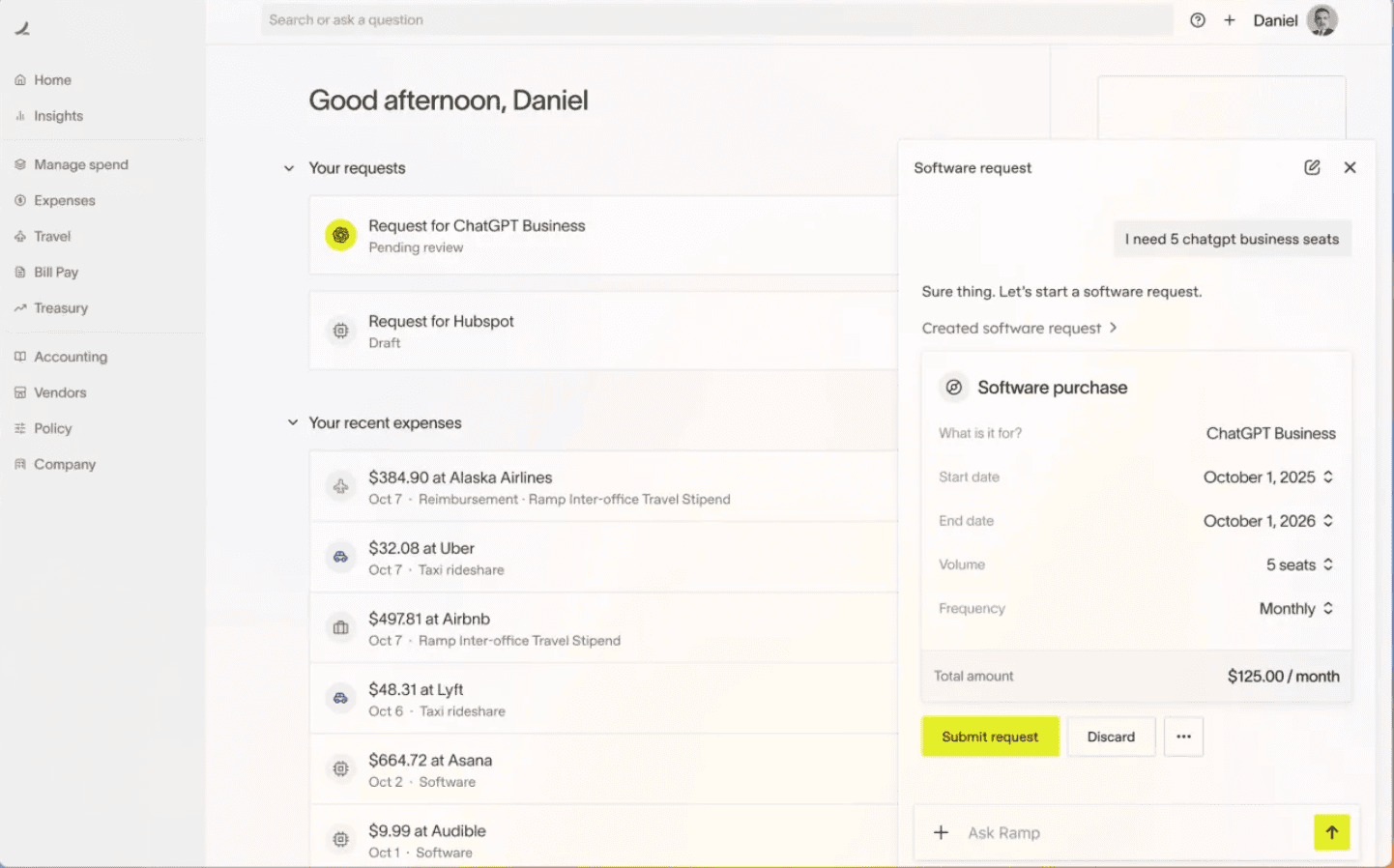
Image source: OpenAI
Evals and Reinforcement Fine-Tuning: Measuring and Improving Agents
Agents do not stay perfect after launch. They need to be tested, graded, and optimized. AgentKit includes these powerful tools to handle that:
Evals
OpenAI has expanded Evals, its evaluation framework, to work seamlessly with full agent workflows. It now supports:
- Dataset creation for systematic testing
- Trace grading, where each step of the agent’s reasoning is evaluated
- Automatic prompt optimization based on grading feedback
- Support for third-party models, so evaluation can extend beyond OpenAI models
With these tools, developers can identify where an agent makes mistakes and refine its reasoning.
Reinforcement Fine-Tuning (RFT)
RFT allows agents to learn from feedback and improve how they make tool calls or decisions. It uses structured signals to adjust model behavior over time. RFT is generally available for the o4-mini model, while GPT-5 access is currently in private beta.
Continuous Cycle of Improvement
After deployment, developers can run evaluations, analyze logs, and feed insights back into Agent Builder. Over time, this cycle of evaluation and fine-tuning makes agents more reliable and better aligned with real-world use.
Together, Evals and RFT complete the feedback loop of AgentKit, turning evaluation insights into measurable improvements that feed back into the agent’s design and performance cycle.
The Complete AgentKit Workflow
AgentKit connects every stage of the agent development process:
- Design workflows in Agent Builder.
- Connect tools and data securely through Connector Registry.
- Deploy and interact with users via ChatKit.
- Evaluate performance with Evals.
- Improve logic and behavior with RFT.
This full-loop process turns agent development into an iterative, measurable practice rather than a one-time experiment.
Availability and Pricing
Below are the current availability details for each AgentKit component:
- ChatKit and Evals enhancements are generally available.
- Agent Builder is in beta.
- Connector Registry is rolling out to ChatGPT Enterprise, ChatGPT Edu, and API users through the Global Admin Console.
- RFT is available for o4-mini, and in private beta for GPT-5.
All components use standard API pricing, meaning there is no separate subscription fee for AgentKit itself.
OpenAI also plans to introduce a Workflows API and support for ChatGPT agent deployment in upcoming releases.
Why AgentKit Matters
The October 6th announcement marks the beginning of a new phase in AI agent development, not the end. This represents a shift in how enterprises approach AI agents. Instead of relying on scattered tools or manual orchestration, they now have a unified framework for the full lifecycle: design, deployment, connection, and continuous improvement.
It makes agents safer, easier to build, and easier to measure. For enterprises, it adds governance and compliance. For developers, it cuts down setup time and complexity.
Most importantly, AgentKit makes it possible to create agents that do not just run once but grow better through evaluation and feedback.
Frequently Asked Questions
1. What is OpenAI AgentKit?
AgentKit is OpenAI’s new toolkit that enables developers and enterprises to build, deploy, and optimize AI agents using a single integrated platform. It brings together workflow design, integrations, user interfaces, and evaluation tools in one place.
2. What is the OpenAI Agent Builder?
Agent Builder is a visual environment for designing AI agent workflows. It lets developers drag and drop components like model calls, actions, and decisions to create logic without switching between multiple systems. The workflows run on OpenAI’s Responses API and Agents SDK, ensuring the same performance and reliability as code-based agents.
3. How does Agent Builder make development easier?
It allows teams to see the entire reasoning flow of an agent, test each step, and manage versions visually. Templates and pre-built actions help new projects start quickly, reducing setup time and simplifying complex logic building.
4. What is the Connector Registry in AgentKit?
The Connector Registry is a centralized system that manages how agents connect to external tools and data sources. It ensures all integrations follow the organization’s security and access policies. Administrators can approve or restrict connectors to maintain control over data access.
5. Which tools can be connected through the Connector Registry?
It supports popular integrations such as Google Drive, Microsoft Teams, SharePoint, and Dropbox, and it can also link to other platforms through the Model Context Protocol (MCP). This allows agents to securely access enterprise data while maintaining governance and compliance.
6. What is ChatKit in AgentKit?
ChatKit enables developers to embed AI agents directly into web or product interfaces. It manages conversation flow, streaming responses, and UI customization so the chat experience aligns with the company’s design and brand.
7. How does ChatKit improve user experience?
It handles dynamic states like “thinking,” “retry,” and message streaming to make interactions feel smooth and responsive. ChatKit connects directly to the workflows built in Agent Builder, ensuring every user message triggers the right logic and integrations in real time.
8. How do Evals work within AgentKit?
Evals provide a structured evaluation of agent workflows. Developers can create datasets, grade reasoning traces, and measure performance using both OpenAI and third-party models. This helps identify weak points and improve reliability before deployment.
9. What is Reinforcement Fine-Tuning (RFT)?
RFT refines agent behavior based on real feedback. It helps models improve how they make decisions or choose tools over time. RFT is available for the o4-mini model, with GPT-5 currently in private beta.
10. Is AgentKit available now?
Yes. ChatKit and Evals are generally available, Agent Builder is in beta, and the Connector Registry is rolling out to ChatGPT Enterprise, ChatGPT Edu, and API users. RFT is also available for supported models.








